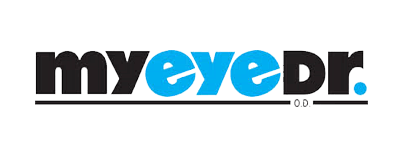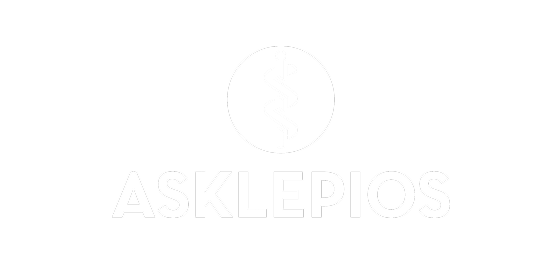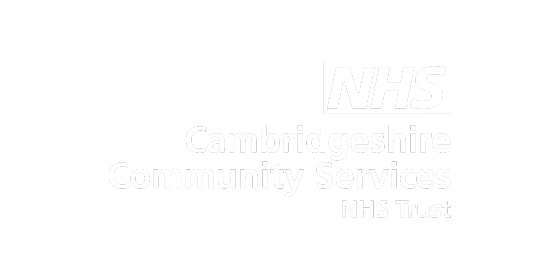
Client:MyEyeDr.
Industry:Healthcare
Region:North America
MyEyeDr. Sharpens Focus on Growth with Automation

$186M
in remittances processed in a single year
$6.9M
in eyewear claim revenue retained in 2022
$310K
in payroll saved by automated claims movement
Client Overview
Every MyEyeDr. practice is equipped with the latest in vision care technology, staffed with compassionate, knowledgeable optometrists and eyewear consultants, and stocked with a wide selection of quality eyewear. Its initial network of 40 vision care centers in the Washington D.C. metro area has grown to over 850 vision care centers across the United States.
For MyEyeDr., acquisitions are the primary driver of growth. But merging organizations with different processes and systems into a single, integrated, and smoothly running whole can be a challenge. That’s where UiPath and automation come in.
MyEyeDr.’s mission to provide exceptional eye care services began with one location, and the tradition of providing outstanding vision health services for the whole family has continued to guide MyEyeDr. throughout the years. A management group that grows primarily by acquisition, MyEyeDr. has taken an aggressive approach to fueling that growth over the last decade.
But there’s more to successful acquisitions than simply merging workforces and customer bases. They also require extensive process and system conversions to create a smooth working whole from disparate parts. To make that happen, MyEyeDr.’s innovation team has increasingly relied on automation.
Innovative thinking meets static tech
MyEyeDr. isn't a typical optometry business. It’s a big company that thinks and moves fast—but the industry’s major software players have thousands of small optometry business clients that have bought into a less flexible, highly structured approach. Why? Optometry is operationally unique. It combines aspects of both healthcare and retail. So, a unique set of software providers cater specifically to this niche industry.
In other areas of healthcare, competition and regulations drive digital transformation and technological innovations. With optometry, providers tend to take their time. Innovation isn’t a high priority as long as existing systems and processes do the job—and the software providers that serve the industry are often content to stick with the status quo. Without motivation from their customer base and lacking competition, the industry’s software providers don’t develop application programming interfaces (APIs) or provide the backdoor database access needed for smoother integration.
For a company like MyEyeDr. that's eager to drive new ways of offering optometry services, that “business-as-usual” mindset creates a problem. Being an innovator means breaking new ground. So, it’s natural that existing tools and technologies aren’t always ready to support radically different ways of operating. “We have a fairly differentiating value proposition,” notes MyEyeDr.’s Vice President of Revenue and Payor Management. “For example, we welcome all insurance, and by all insurance we mean all vision and all government and all commercial. So, there’s even more reason for our competitors not to develop something more complex and more reliable based on our need to grow exponentially over them.”
Overcoming the “business-as-usual” mindset
So how does MyEyeDr. keep its focus on innovation and move at the speed of business? “In those instances, we turn to RPA as a way to take care of things because it's just faster,” says Cassie Haag, Director of Systems and Analytics at MyEyeDr. “And we're not going to argue with a software company about something they understandably don't care to improve on.”
In the past, when MyEyeDr. completed an acquisition, a lot of custom development was required to even attempt to bridge gaps between systems. This presented a significant roadblock to their rapid growth business strategy. Luckily, however, it’s work that perfectly aligns with robotic process automation’s (RPA’s) strengths.
“In some instances, RPA is the fastest means to an end of being able to do something seamlessly between two systems that have nothing to do with each other,” explains Haag. “RPA has been great in the respect of being able to fill in the void. At the same time, there are thousands of transactions that follow the exact same steps over and over again. That's why we look to RPA to eliminate the repetition by humans.”
And when acquisitions are your source of growth, it’s critically important to on-board new candidates quickly. Thanks to the efficiencies that automation provides, MyEyeDr. can complete mergers in 60 days or less.
Driving efficiencies and streamlining processes
Beyond smoothing over the inevitable gaps that come with integrating companies and processes, RPA is working behind the scenes to help MyEyeDr. do more and do it faster.
“Cash application is our largest RPA use case,” says Haag. “It's touched $186 million worth of remittances this year. Our software gets us 30% there, and RPA picks up where the software leaves off and does another 40% to 50%, with staff doing the rest.”
In essence, RPA acts as a ‘gap-filler.’ It tackles tasks human beings were performing, but it completes those tasks faster and with greater accuracy.
RPA also streamlines areas like claim processing for in-process provider credentialing. MyEyeDr. processes upwards of 385,000 provider applications annually. Through a series of scripts, the MyEyeDr. team populates an input table for a bot to review and categorize information for credentialing status. The bot then moves claims where they need to be. A claim may often look like it’s ready to be issued to a payer, but it actually needs to be held. The automation will move that claim back into an on-hold status, so it doesn’t go out prematurely.
RPA also streamlines claims processing. The company retained $6.9 million in eyewear claims in 2022 that would otherwise have been at risk or written off completely because MyEyeDr. didn’t have adequate staff to do that work. “That alone is a game changer,” notes Haag.
“Automation is moving thousands and thousands of claims every month for us. Every claim might take a human being about 30 seconds to move. So, we’re saving thousands of hours. To date, we've saved over $310,000 on payroll with automated claims movements,” says Haag.
But the company isn’t using those efficiencies to replace people. Instead, MyEyeDr. can scale operations without adding significant headcount and budget—and redeploy employees away from mundane and repetitive tasks to more value-added work.
Uncovering promising new use cases
While many companies start with smaller automation use cases and scale up their strategy based on those initial successes, MyEyeDr. followed a different route. The team initially targeted high-impact areas like revenue cycle for transformation.
Now, the team is recognizing that automation offers additional potential in areas that aren’t so high profile. “I call them ‘micro RPA’—where you pick a piece out of everybody's workflows each day.” Haag explains. “It’s targeting those things that just take a little bit longer than you really want. And it's the same exact movements every single time. So why can't we just have an automation do those things instead?” Enabling growth, fueling innovation, driving efficiency—with the creative use of automation, MyEyeDr. has found the right prescription for a bright future.
Related case studies
Ready for your own case study?
Speak to our team of knowledgeable experts and learn how you can benefit from agentic automation.






